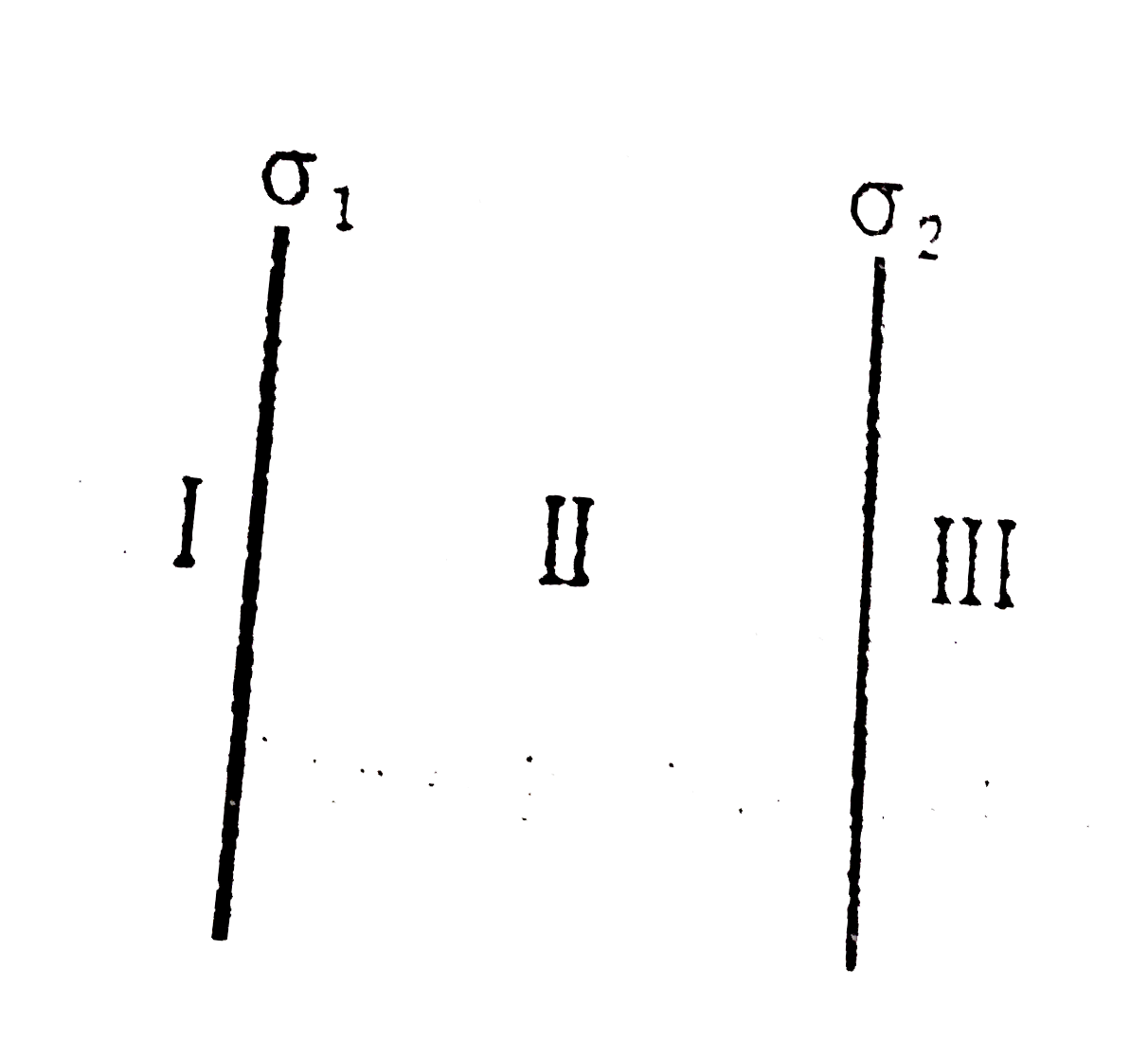Column-IColumn-II(A)Acetone +CHCl3(p)ΔSmix>0(B)Ethanol + Water (q)ΔVmix>0(C)C2H5Br+C2H5I(r)ΔHmix<0(D)Aceton + Benzene(s)Maximum boiling azeotropes(t)Minimum boiling azeotropes
The correct Answer is:A-(p,s,r) ; B-p,q,t ; C-p ; D-p,q,t
To solve the question, we need to match the compounds in Column-I with the corresponding conditions in Column-II based on their behavior in solutions, particularly in relation to Raoult's law and the concepts of mixing enthalpy (ΔH), mixing volume (ΔV), and mixing entropy (ΔS).
1. Identify the behavior of each mixture:
- (A) Acetone + CHCl₃: This mixture is known to show a negative deviation from Raoult's law. Therefore, it will have ΔS(mix) > 0 and ΔH(mix) < 0. This means it can be matched with (r) ΔH(mix) < 0.
- (B) Ethanol + Water: This mixture shows a positive deviation from Raoult's law, which means it has ΔV(mix) > 0. It is also known for forming minimum boiling azeotropes, so it matches with (t) ΔV(mix) > 0.
- (C) C₂H₅Br + C₂H₅I: These compounds are ideal solutions and do not show significant deviations from Raoult's law. Thus, they will have ΔS(mix) > 0, which leads to matching with (p) ΔS(mix) > 0.
- (D) Acetone + Benzene: This mixture shows a positive deviation from Raoult's law, indicating ΔV(mix) > 0 and is associated with minimum boiling azeotropes. Therefore, it matches with (t) ΔV(mix) > 0.
2. Match the results:
- (A) Acetone + CHCl₃ → (r) ΔH(mix) < 0
- (B) Ethanol + Water → (t) ΔV(mix) > 0
- (C) C₂H₅Br + C₂H₅I → (p) ΔS(mix) > 0
- (D) Acetone + Benzene → (s) Maximum boiling azeotropes
Final Matches:
- A → r
- B → t
- C → p
- D → s
- (A) Acetone + CHCl₃: This mixture is known to show a negative deviation from Raoult's law. Therefore, it will have ΔS(mix) > 0 and ΔH(mix) < 0. This means it can be matched with (r) ΔH(mix) < 0.
- (B) Ethanol + Water: This mixture shows a positive deviation from Raoult's law, which means it has ΔV(mix) > 0. It is also known for forming minimum boiling azeotropes, so it matches with (t) ΔV(mix) > 0.
- (C) C₂H₅Br + C₂H₅I: These compounds are ideal solutions and do not show significant deviations from Raoult's law. Thus, they will have ΔS(mix) > 0, which leads to matching with (p) ΔS(mix) > 0.
- (D) Acetone + Benzene: This mixture shows a positive deviation from Raoult's law, indicating ΔV(mix) > 0 and is associated with minimum boiling azeotropes. Therefore, it matches with (t) ΔV(mix) > 0.
- (A) Acetone + CHCl₃ → (r) ΔH(mix) < 0
- (B) Ethanol + Water → (t) ΔV(mix) > 0
- (C) C₂H₅Br + C₂H₅I → (p) ΔS(mix) > 0
- (D) Acetone + Benzene → (s) Maximum boiling azeotropes
- A → r
- B → t
- C → p
- D → s
Topper's Solved these Questions
Similar Questions
Three liquids A,B and C having same specific heat and mass m , 2m and 3 m have temperature 20∘C,40∘C and 60∘C respectively. Temperature of the mixture when:
Column-IColumn-II(A)A and B are mixed(p)35∘C(B)A and C are mixed(q)52∘(C)B and C are mixed(r)50∘(D)A,B and C all three are mixed(s)45∘(t)NoneView SolutionColumn-IColumn-II(a)Reversible adiabatic compression(p)Process in equilibrium(b)Reversible vaporisation of liquid(q)ΔSsystem<0(c)2N(g)→N2(g)(r)ΔSsurrounding<0(d)MgCO3(s)Δ−−→Mg(s)+CO2(g)(s)ΔSsublimation=0
View SolutionWe mix equal volume of two aqueous solution.Match the following :
Column-IColumn-II(A)0.2 M KOH+ 0.5 M HCOOH(p)0.7(B)0.1MNaCl+0.1MNaNO3(q)between1to 7(C)0.1MNH4Cl+0.1MNaOH(r)7(D)0.5MHCl+0.1MNH4OH(s)greater than7[log102=0.3](t)less than 7View SolutionMatch the following
Column-IColumn-II(A)Enthalpy(p)Extensive property(B)Entropy(q)H - TS(C)Free energy(r)E + PV(D)Pressure(s)Intensive propertyView SolutionColumn IColumn II(A)Work(p)[A1/2T−1](B)Moment of inertia(q)[FA1/2](C)Velocity(r)[FA1/2T2]
View SolutionMatch the column I with column II
Column-IColumn-II(A)Natural rubber(p)Thermosetting polymer(B)Nylon-66(q)Homopolymer(C)Bakelite(r)Butadiene & styrene(D)Buna-S(s)Polyamide(t)CopolymerView Solutioncolumn−1Column−2(A)(ΔGsystem)T.P=0(p)Process is in equilibrium(B)ΔSsystem+ΔSsurrounding>0(q)Process is nonspontaneous(C)ΔSsystem+ΔSsurroumding<0(r)Process is spontaneous(D)(ΔGsystem)T.P>0(s)System is unable to do useful work
View SolutionMatch the transformation in colums I with appropriate options in column II.
Column IColumn II(A)CO2(s)→CO2(g)(p)phase transition(B)CaCO3(s)→CaO(s)+CO2(g)(q)allotropic change(C)2H.→H2(g)(r)ΔHis positive(D)P(white, solid)→P(red,solid)(s)ΔSis positive(t)ΔSis negativeView SolutionMatch the compounds, listed in column-I with the characteristic(s) listed in column-II.
Column IColumn II(A)BeO(s)(p)Amphoteric in nature(B)NaHCO3(crystalline)(q)Imparts characteristic colour to Bunsen flame(C)BeCl2(s)(r)ProduceH2O2andO2on reaction with water.(D)CsO2(s)(s)Show hydrogen bonding(t)Has a chain structureView SolutionTwo parallel metallic plates have surface charge densities σ1 and σ2 as shown in figure.

Column-IColumn-II(A)If σ1+σ2=0(p)Electric field in region III is towards right(B)Ifσ1+σ2>0(q)Electric field in region I is zero(C)If σ1+σ2<0(r)Electric field in region I is towards roght(s)Nothing can be saidView Solution

